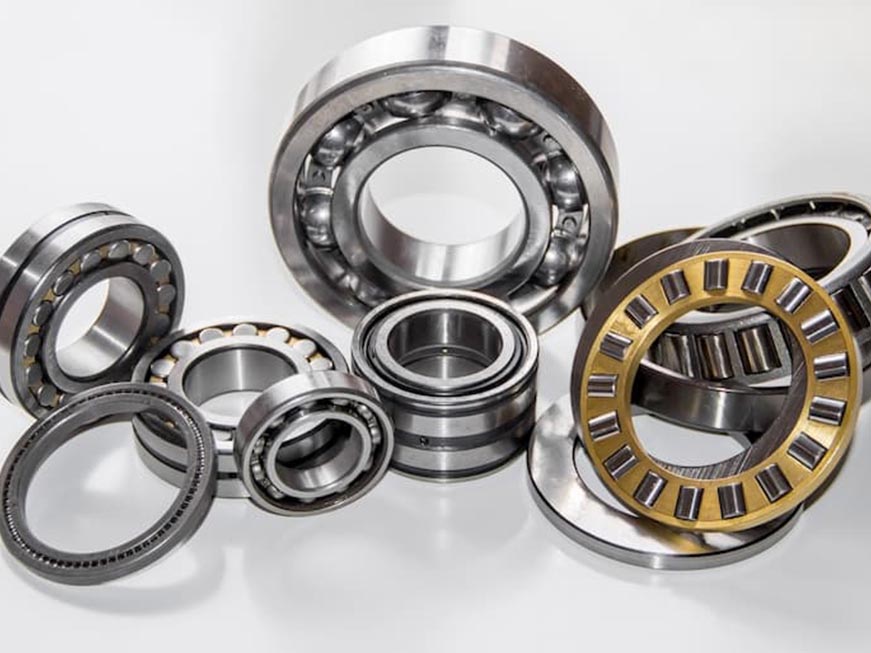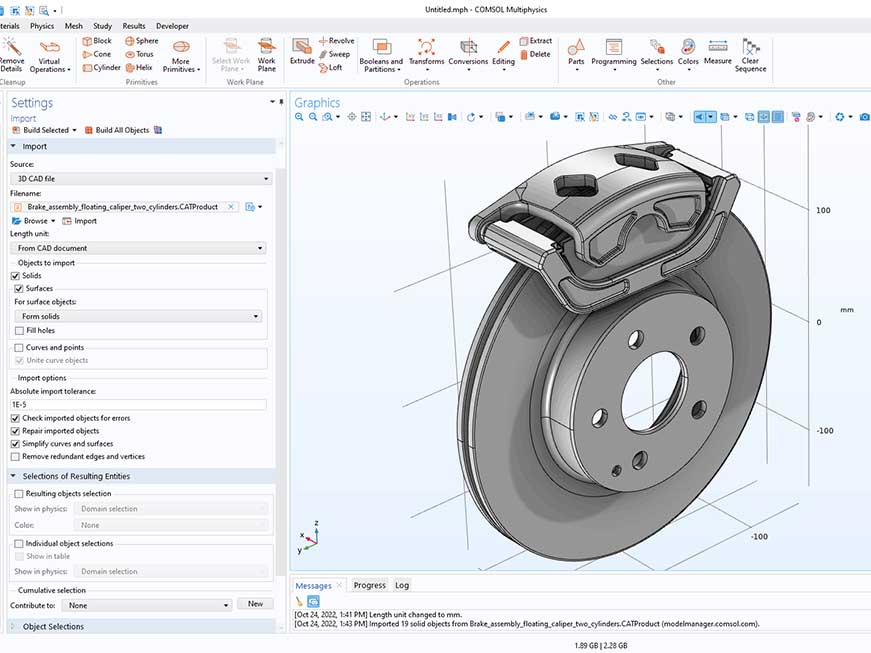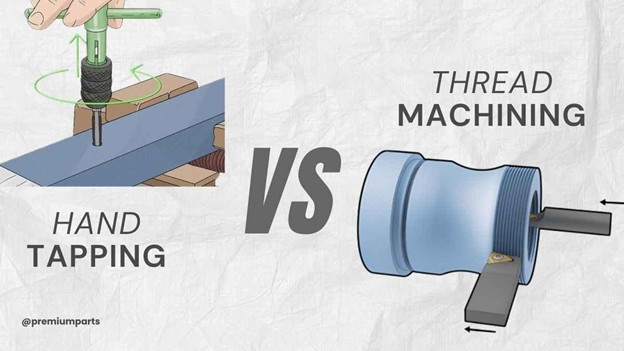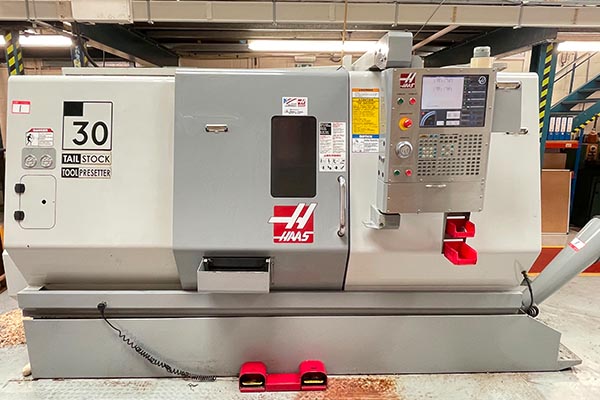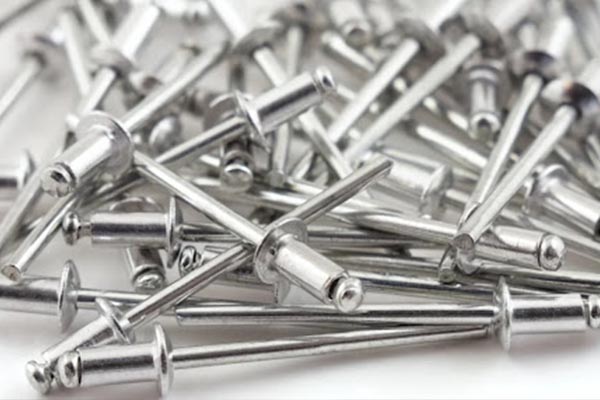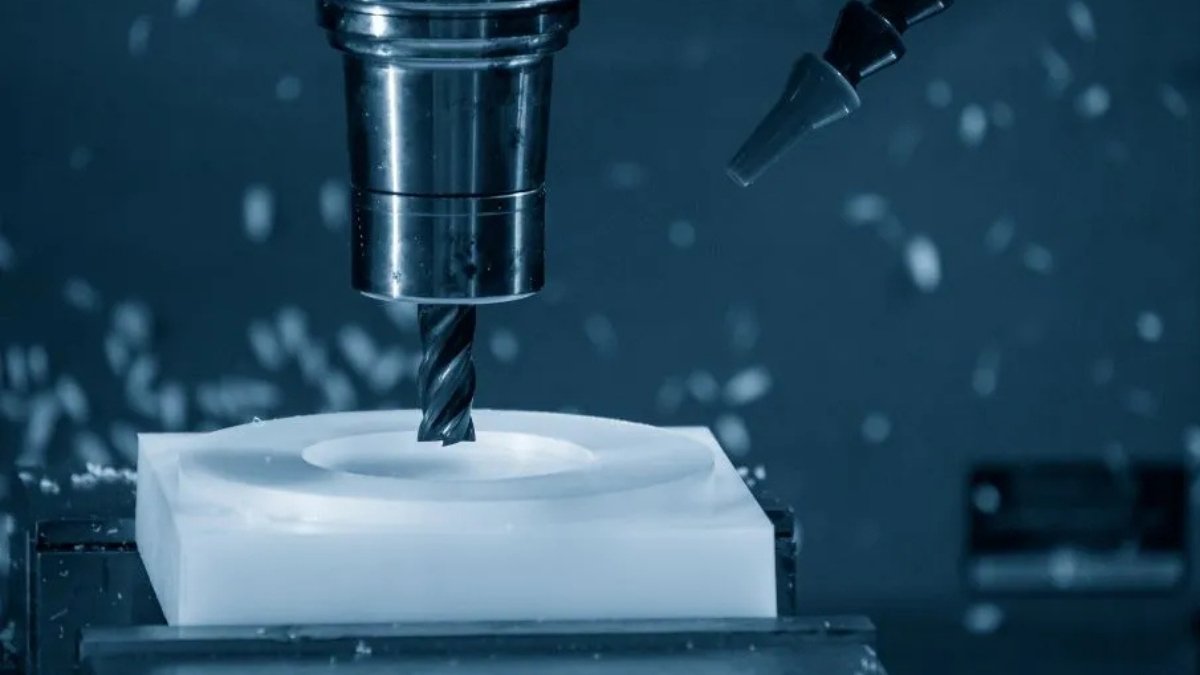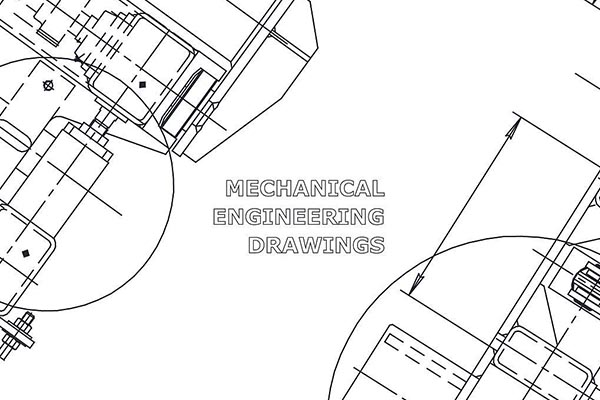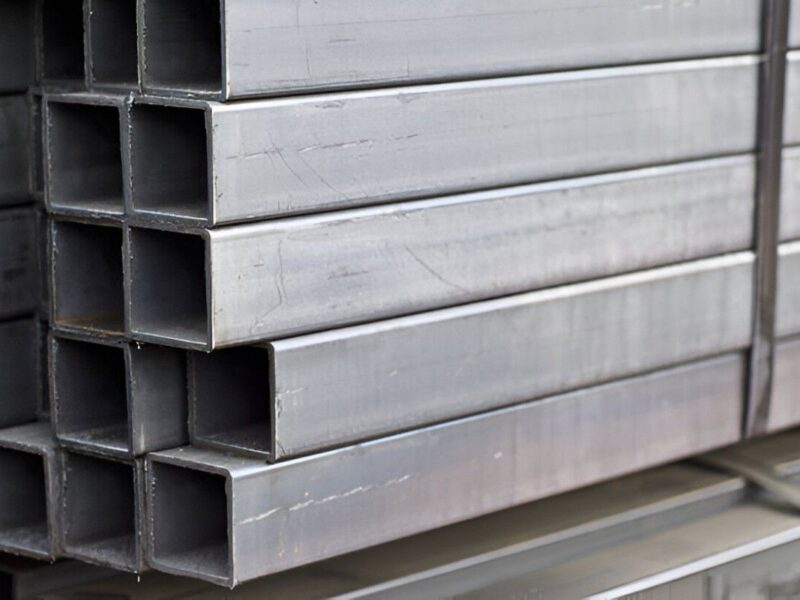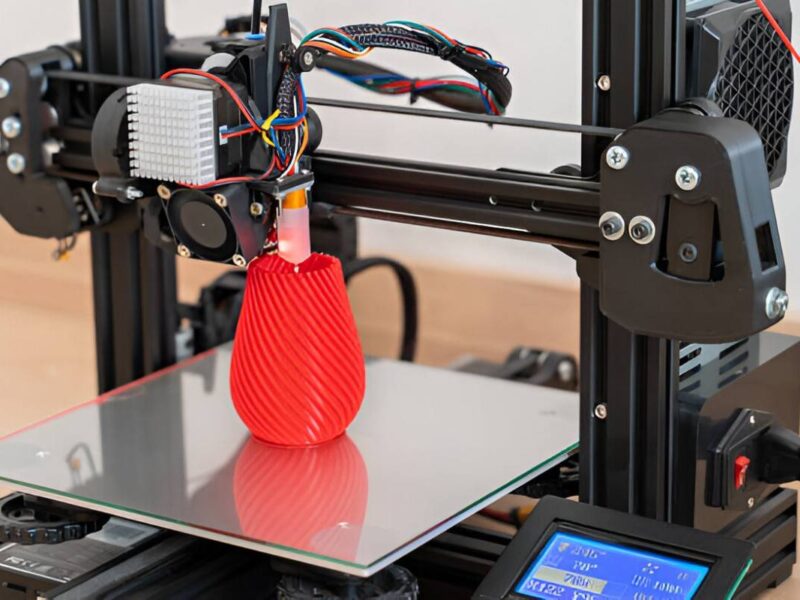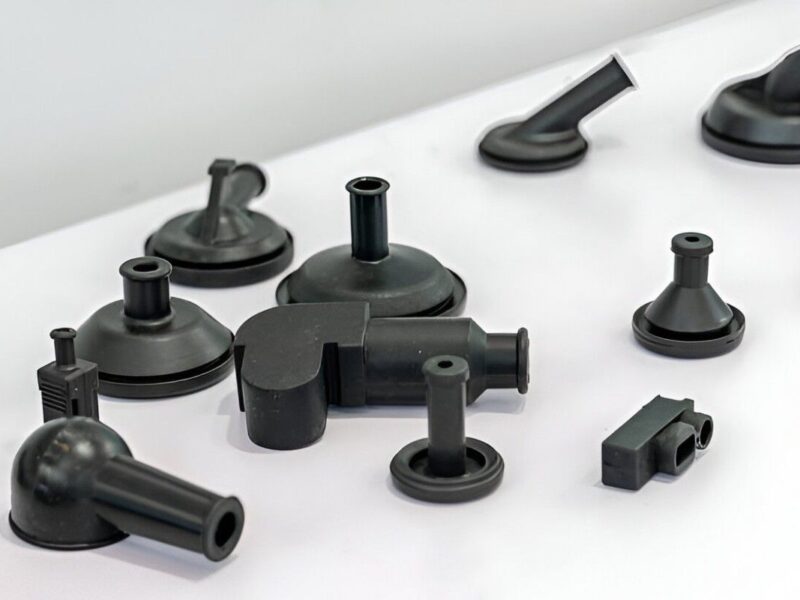In today’s manufacturing world, precision, speed, and quality are more important than ever. Two key processes that help meet these demands are CNC milling and turning. These technologies have transformed industries by enabling the production of highly complex and accurate parts quickly and efficiently.
In this blog, we’ll explore why CNC milling and turning are essential to modern manufacturing, how they work, and the benefits they bring to various industries.
What is CNC Milling and Turning?
Turning and Milling machineries are highly advanced machining processes wherein materials are shaped and cut through the use of computer-controlled machines. CNC- Computer Numerical Control,” a system which uses computer software in automating the control machinery.
CNC Milling:
 CNC Milling Machine and G-code
CNC Milling Machine and G-code
Image Description: A CNC milling machine in operation, with G-code visible on the control panel guiding precise cutting and shaping of the workpiece.
In this process, a rotating cutting tool is used to remove material from a stationary workpiece. The machine moves along different axes (X, Y, Z) to create various shapes, such as flat surfaces, holes, and even intricate features. CNC milling parts can vary from simple components to highly complex designs, making milling suitable for a wide array of industries.
CNC Turning:
 CNC Turning Cylindrical Part
CNC Turning Cylindrical Part
Image Description: A CNC lathe turning a cylindrical metal part.
Unlike milling, CNC turning is a process in which the workpiece is turned while the cutting tool is stationary. The turning process is often used for cylindrical or round parts such as shafts, bushings, and gears. CNC turning machine operations are all about producing symmetrical parts with high accuracy.
Both processes make use of high-level computer software to drive the tools and workpieces, thus ensuring accuracy and reproducibility in the manufacturing process.
How Do CNC Milling and Turning Work?
CNC Milling Process
 Face Milling
Face Milling
Image Description: An illustration showing a face milling operation, with the cutting tool removing material from the flat surface of a workpiece.
The CNC milling process is pretty versatile. Here’s how it works:
- Setup: The material, or workpiece, is placed securely on the milling machine’s bed. The workpiece is fixed in position to prevent it from moving during the cutting process.
- Programming: The machine is programmed with specific instructions. These instructions, known as G-codes, tell the machine how to move and where to cut.
- Cutting: The rotating cutting tool begins to remove material from the workpiece. The tool moves along multiple axes (X, Y, and Z), allowing for the creation of a variety of shapes and features.
- Finishing: Once the cutting process of the machine is over, the part is checked for accuracy and precision. After that, it may take some more finishing steps so that the required surface finish can be obtained. CNC milling is done to produce components with complex geometries, including engine parts, brackets, or even molds. Due to these capabilities, CNC milling processes are used very extensively by aerospace, automotive, as well as medical device sectors.
Turning Process via CNC
The CNC turning process is utilized for parts that need to have rotational symmetry. Here’s how it works:
- Setup: The workpiece is mounted onto a rotating spindle. The spindle turns the material while the cutting tool remains stationary.
- Programming: As with milling, the machine is programmed with G-codes that specify how the cutting tool should move along the workpiece.
- Turning: The cutting tool is used to remove material from the rotating workpiece, giving it the desired form. It can be used for cylindrical, conical, or even more complex geometries with rotational symmetry.
- Finishing: The turning process continues until the workpiece has attained the necessary dimensions and finish. The part is then inspected to ensure it meets the necessary tolerances.
CNC turning is perfect for making part components that are cylindrical or near cylindrical in shape, such as shafts, bushes, and screws. It is largely applied in applications that require high precision levels with uniformity.
Why Are CNC Milling and Turning Important?
The following are some of the reasons why both CNC milling and turning have become so important in modern production:
1. High Precision and Accuracy
CNC machines provide very high accuracy. With CNC milling and turning, it is possible for the manufacturers to produce components that are accurate to some microns. This will make such parts fit accurately and in perfect order in applications such as aerospace or medical device manufacturing.
2. Automation and Efficiency
Both milling and turning are very automated processes. Once a CNC machine is programmed, it can be left to run independently. This reduces the need for labor to a great extent. Efficiency increases, production time is reduced, and consistency is ensured. Parts are produced faster, and human errors are minimized.
3. Complex Designs
CNC machines can produce complex parts that would be either impossible or very difficult to produce using traditional machining techniques. Whether it is features of intricate detail, curved surfaces, or tight tolerances, CNC milling and turning allow to production parts that are highly complex and detailed.
4. Waste Reduction
CNC machines are very efficient in material usage. Since the cutting tools are under the control of precise programming, the material is only removed from where it is needed. This minimizes waste and increases the efficiency of production, especially when expensive materials like titanium or high-grade steel are involved.
5. Versatility
CNC milling and turning can work with many different types of materials. These include metals like aluminum, stainless steel, and titanium; plastics; wood; and composites. These versatility factors enable manufacturers to make parts for a broad variety of industries, from automotive and electronics to medical devices.
Applications of CNC Milling and Turning
 Aluminum Turned Aerospace Parts
Aluminum Turned Aerospace Parts
Image Description: Aluminum aerospace parts arranged neatly on the floor after turning, ready for inspection or assembly.
Both CNC milling and turning are used in different industries, including:
- Aerospace: The aerospace industry requires high precision. CNC milling and turning are used to create engine components, structural parts, and brackets with extremely tight tolerances.
- Automotive: In the automotive industry, both processes are used to produce engine parts, transmission components, and custom-designed parts that need to meet strict specifications.
- Medical Devices: CNC machines are crucial in producing precision surgical instruments, implants, and other medical parts requiring high standards.
- Electronics: From connectors to housing components, CNC milling and turning are used to make small, detailed parts for the electronics industry.
Role of CNC Turning Services and Custom CNC Milling
For businesses that require high-precision components, turning to CNC turning services and custom CNC milling can offer numerous advantages. These services can offer specialized expertise and equipment tailored to specific manufacturing needs so that parts are produced exactly as required.
Whether you are working on the creation of cylindrical components via CNC turning machines or trying out complex shapes through custom CNC milling, outsourcing to an already established service provider could actually save you time, money, and resources. These are helpful, especially for industries demanding fast prototyping or very limited runs of high-precision parts.
CNC milling and turning are essential processes in modern manufacturing. They enable industries to produce high-quality, precise, and complex parts with speed and efficiency. Whether you need CNC turning facilities for cylindrical components or custom CNC milling for intricate parts, these technologies can help meet the demands of various industries, from aerospace to medical devices.
By utilizing the capabilities of CNC milling parts and CNC turning machine operations, manufacturers are assured of delivering parts at exceptional quality, consistency, and performance. With their versatility, accuracy, and automation, CNC milling and turning will keep playing a crucial role in molding the future of manufacturing.
To know more about us, visit Premium Parts Manufacturing Limited.


